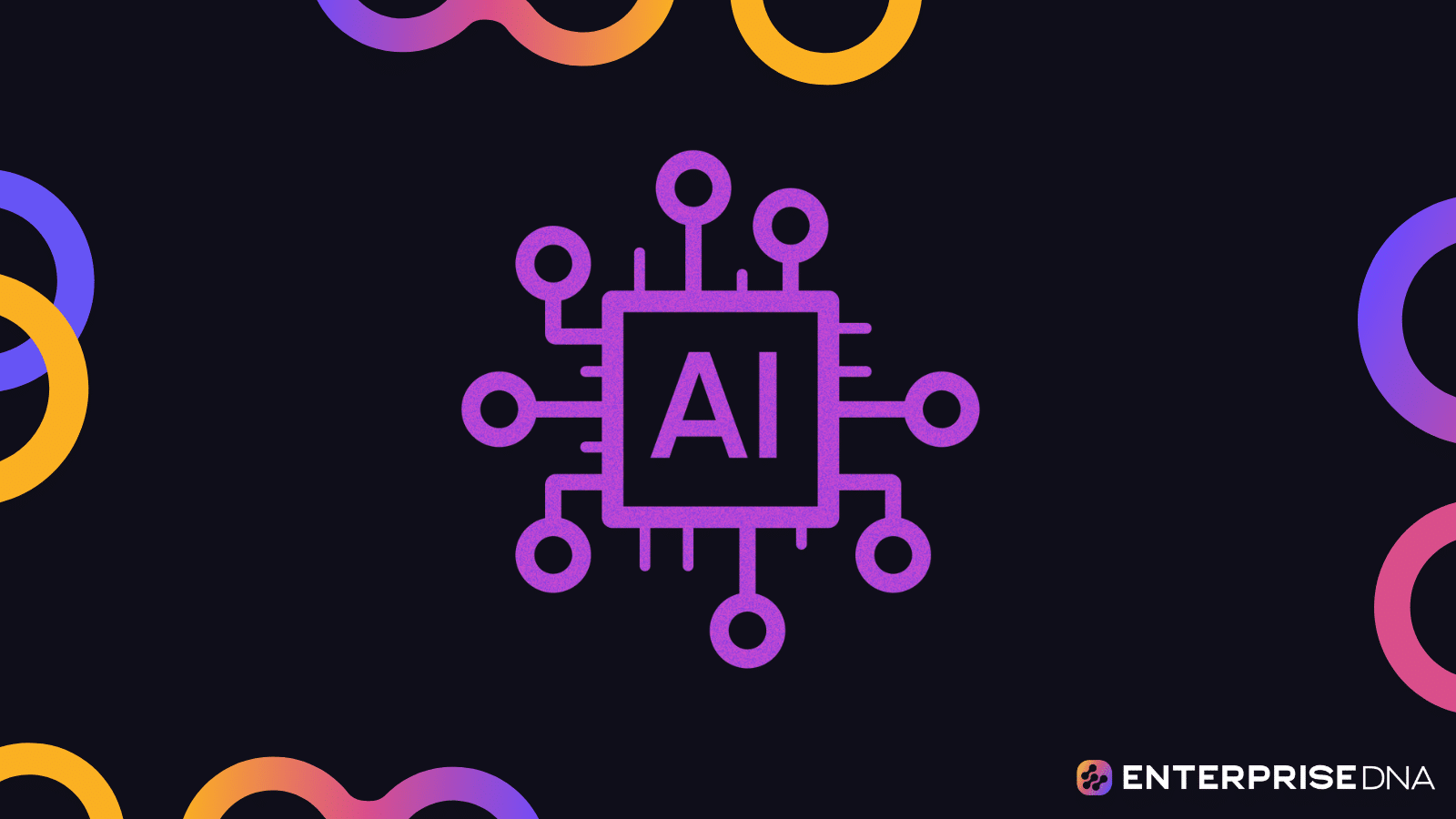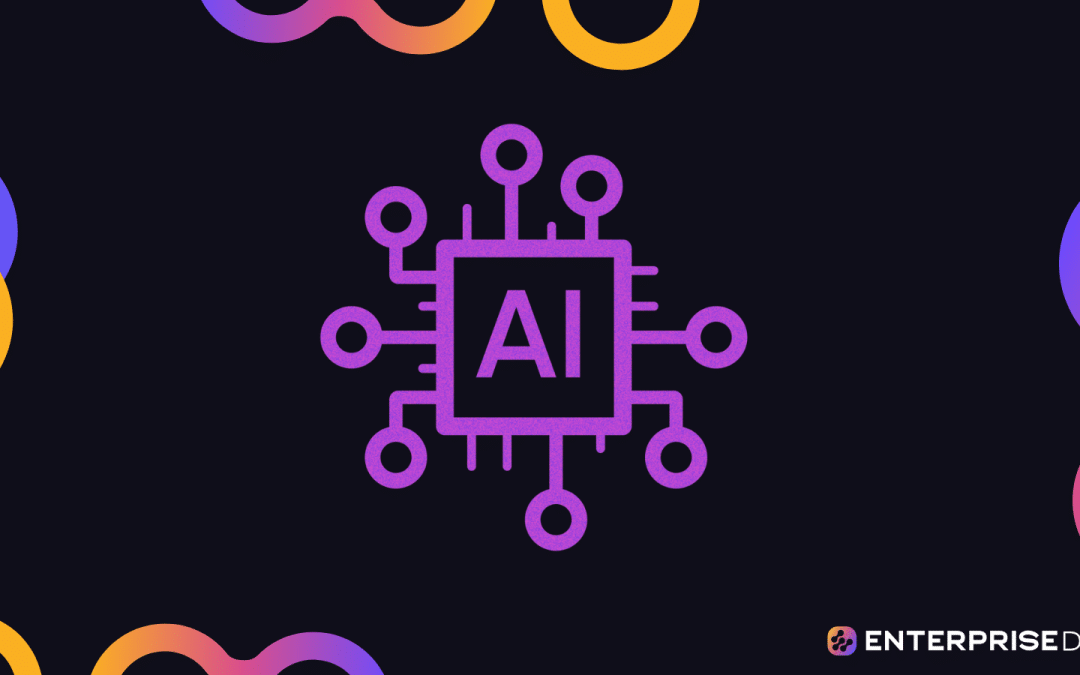Imagine a world where AI is not only a tool but a friend.
Where you can ask it to tell you a joke, to read you a story, or to help you with your homework. Enter Hugging Face.
Hugging Face is an open-source platform that offers a wide range of natural language processing (NLP) models and applications, from chatbots to translation services. It’s best known for its conversational AI and chatbot capabilities, allowing you to engage in meaningful and natural conversations with the AI.
In this article, we will give you an in-depth review of this powerful tool and its features, which will help you understand this tool’s functionality.
How it can be utilized to enhance your work and daily life?
Let’s find out!

What is Hugging Face?
Hugging Face is an open-source tool that provides a wide range of NLP models and applications.
It was created by Clément Delangue and Julien Chaumond in 2016 and is best known for its conversational AI and chatbot capabilities.
The tool uses machine learning to allow you to engage in meaningful and natural conversations with the artificial intelligence. It has gained popularity for its user-friendly interface and versatile functionalities.
It also offers various services, including language understanding and generation, translation, and text summarization.

Hugging Face also provides pre-trained AI models, known as transformers, that can be used for different NLP tasks, such as sentiment analysis, question-answering, and named entity recognition.
It has become a valuable resource for developers, researchers, and businesses looking to integrate AI capabilities into their applications and workflows.
Now, let’s explore some of the main features of Hugging Face.
Top 5 Hugging Face Features
1. Transformers
Transformers are pre-trained AI models that have been trained, using machine learning, on large amounts of text data.
They can be used for various NLP tasks, such as sentiment analysis, translation, and text generation.
Hugging Face provides a transformers library that can be easily integrated into your applications.
2. Models
Hugging Face offers a wide range of models for different NLP tasks, such as language understanding, generation, and translation.
You can choose from various models based on your specific needs and requirements.
They can be easily integrated into your applications, making it easier to build AI-powered solutions.

3. Pipelines
Pipelines are pre-built sequences of tasks that you can run on your input data.
Hugging Face provides a collection of pipelines for various NLP tasks, such as text classification, named entity recognition, and text summarization.
You can use these pipelines to quickly and easily perform common NLP tasks without having to write custom code.
4. Datasets
Hugging Face offers a library of datasets that you can use to train and evaluate your NLP model.
These datasets cover a wide range of topics and languages, making it easier to find the data you need for your specific task.
You can also use these datasets to benchmark your chosen model against existing ones.

5. Community
Hugging Face has a large and active AI community of developers, researchers, and AI enthusiasts.
You can join the community to get help, share your work, and collaborate with others.
The community also provides valuable resources, such as tutorials, code examples, and best practices, that can help you get started with this tool and improve your NLP skills.
Now, let’s take a look at some practical applications of Hugging Face.
How to Use Hugging Face in The Real World
This versatile tool can be used for various applications; let’s discuss some common use cases and see how you can leverage this powerful tool to achieve your goals.
1. Conversational AI
Hugging Face is widely used for building conversational AI applications, such as chatbots and virtual assistants.
You can use the platform’s transformers and models to create a chatbot that can understand and respond to natural language input.
This can be useful for providing customer support, automating tasks, or even creating virtual friends.

2. Text Generation
Hugging Face also offers powerful text generation capabilities.
You can use the tool’s models to generate text based on a prompt or input.
This can be useful for tasks such as writing product descriptions, generating code, or even creating stories.
The text generated by the models is often indistinguishable from human-written text, making it a valuable tool for content creation.
3. Language Understanding
This tool can help you understand and analyze large amounts of text data.
You can use the tool’s transformers and models to perform tasks such as sentiment analysis, named entity recognition, and text classification.
This can be useful for tasks such as analyzing customer feedback, extracting information from documents, or even identifying fake news.

4. Translation
Hugging Face provides powerful translation capabilities.
You can use this tool’s transformers and models to translate text between different languages.
This can be useful for tasks such as translating product descriptions, localizing websites, or even communicating with people who speak a different language.
The translations are often accurate and natural-sounding, making them a valuable tool for overcoming language barriers.
5. Text Summarization
Hugging Face can help you summarize large amounts of text data.
You can use conversational AI’s transformers and models to create concise summaries of long documents or articles.
This can be useful for tasks such as summarizing research papers, creating executive summaries, or even quickly understanding the key points of a document.

6. NLP Research
Hugging Face is a valuable tool for NLP researchers.
The tool provides access to a wide range of transformers, models, and datasets that can be used for various NLP tasks.
You can use this tool to train, evaluate, and benchmark your NLP models, as well as to collaborate with other researchers and share your work.
The tool’s open-source community also provides valuable resources, such as tutorials and code examples, that can help you stay up-to-date with the latest NLP advancements.
7. Personal Projects
Hugging Face is not just for professionals.
The tool is accessible to anyone, and you can use it for your personal projects and hobbies.
You can use it to build your own chatbot, create stories, translate text, or even analyze your favorite books.
The platform’s user-friendly interface and extensive documentation make it easy to get started, even if you have no prior experience with NLP.
Now that we’ve covered what the tool can be used for, let’s get you started.

How to Get Started With Hugging Face
Getting started is easy, and it doesn’t require any technical expertise.
In this section, we will discuss the steps you need to follow to start using the platform.
1. Sign Up
The first step is to create an account on the Hugging Face website.
You can sign up using your email address.
Once you’ve signed up, you will have access to the platform’s features and resources.

2. Explore Models
After signing up, you can start exploring the platform’s library of transformers and models.
You can browse the available models, filter them by task or language, and read the documentation to learn more about each model’s capabilities and use cases.

3. Run a Demo
Hugging Face provides interactive demos for many of its models, allowing you to see the model in action and test its performance on various NLP tasks.
You can use these demos to get a better understanding of how the models work and what kind of output you can expect.
4. Run Code Examples
Hugging Face also provides code examples for many of its models, making it easy to get started with NLP tasks.
You can use these code examples as a starting point for your own projects, and you can modify the code to fit your specific needs.

5. Train Your Own Model
If you want to train your own model, this tool provides resources and tools to help you do that.
You can use the platform’s library of datasets, as well as its training infrastructure, to train and evaluate your own NLP models.
6. Join the Community
Hugging Face has an active and supportive community of developers, researchers, and AI enthusiasts.
You can join the community to get help, share your work, and collaborate with others.
The community also provides valuable resources in its Hugging Face Hub, such as tutorials, code examples, and best practices, that can help you get started with the platform and improve your NLP skills.

Hugging Face Performance
Hugging Face has gained popularity for its impressive performance and wide range of features.
The platform is known for providing high-quality NLP models that can be used for various tasks, such as text generation, language understanding, and translation.
How does it do it?
One of the key factors contributing to its performance is its extensive library of transformers and models.
The tool offers a wide range of pre-trained transformers that have been trained on large amounts of text data, allowing them to understand and generate natural language with a high degree of accuracy.
Another important aspect of the performance of the tool is its user-friendly interface.
The platform is designed to be accessible to both experienced NLP practitioners and beginners, with a simple and intuitive workflow that makes it easy to get started with NLP tasks.
No fancy stuff here peeps.

Hugging Face also provides a wide range of tools and resources that can help you build and deploy a NLP model more efficiently. It offers pre-built pipelines for common NLP tasks, as well as a library of datasets that can be used to train and evaluate models.
The performance of the tool can also be attributed to its active and supportive community. The platform has a large user base of developers, researchers, and AI enthusiasts who are actively contributing to the platform, sharing their work, and collaborating with others.
The community vibe in the forum is awesome!
Overall, Hugging Face has demonstrated strong performance in the field of NLP, and its extensive library of transformers, user-friendly interface, and supportive community.
Now, let’s compare Hugging Face to other platforms and see how it stacks up.
Hugging Face vs. GPT-3
Hugging Face and GPT-3 are two of the most popular NLP platforms available today.
In this section, we will compare the two platforms and discuss their respective strengths and weaknesses.
1. Hugging Face

We know the platform has a user-friendly interface and extensive library of transformers, but what is it’s major key strength?
Well, from our perspective, its versatility.
The platform offers a wide range of transformers that can be used for various NLP tasks, such as text generation, translation, and language understanding.
It also provides pre-built pipelines for common NLP tasks, as well as a library of datasets that can be used to train and evaluate a model.
Another important aspect is its active and supportive community.
As previously mentioned, the platform has a large user base of developers, researchers, and AI enthusiasts who are actively contributing to the platform, sharing their work, and collaborating with others in pull requests and discussions.
It is seriously pumping in there and the general attitude is that of collaboration and sharing.
Now, let’s look at good old Open AI, the big boys, some would say the bullies of this space.
2. GPT-3

GPT-3, developed by OpenAI, is a state-of-the-art language model that has gained widespread attention for its impressive text-generation capabilities.
One of the key strengths of GPT-3 is its large scale. The platform has been trained on a massive amount of text data, allowing it to understand and generate natural language with a high degree of accuracy.
GPT-3 is also known for its ability to generate coherent and contextually relevant text, even when presented with challenging prompts.
Another important aspect of GPT-3 is its ability to perform a wide range of NLP tasks. The platform has demonstrated strong performance in tasks such as translation, summarization, and question-answering, and it has been used to create a variety of applications and services.
Final Thoughts
This article has given you an in-depth review of this powerful tool, the AI community building the NLP world, and its features. You now understand the platform’s functionality and how it can be utilized to enhance your work and daily life.
So how does Hugging Face compare to the newer open AI models?
Only time will tell.
To learn more about the future of conversational AI, check out our video below!
Frequently Asked Questions
What is Hugging Face?
It is an open-source platform that provides a wide range of NLP models and applications.
This tool is known for its conversational AI and chatbot capabilities, allowing users to engage in meaningful and natural conversations with the AI.
How do I use Hugging Face?
To use this tool, you can sign up for an account on the platform’s website and start to explore.
You can browse the available models, filter them by task or language, and read the documentation to learn more about each model’s capabilities and use cases.
What are the main features of Hugging Face?
This tool offers various services, including language understanding and generation, translation, and text summarization.
The tool also provides pre-trained AI models, known as transformers, that can be used for different NLP tasks, such as sentiment analysis, question-answering, and named entity recognition.
Is Hugging Face free to use?
Yes, it is free to use.
How does Hugging Face compare to GPT-3?
Hugging Face is an open-source tool that provides a wide range of NLP models and applications, while GPT-3 is a state-of-the-art language model developed by OpenAI.
Both platforms offer text generation and language understanding capabilities, but GPT-3 is known for its large-scale and impressive text generation capabilities.











